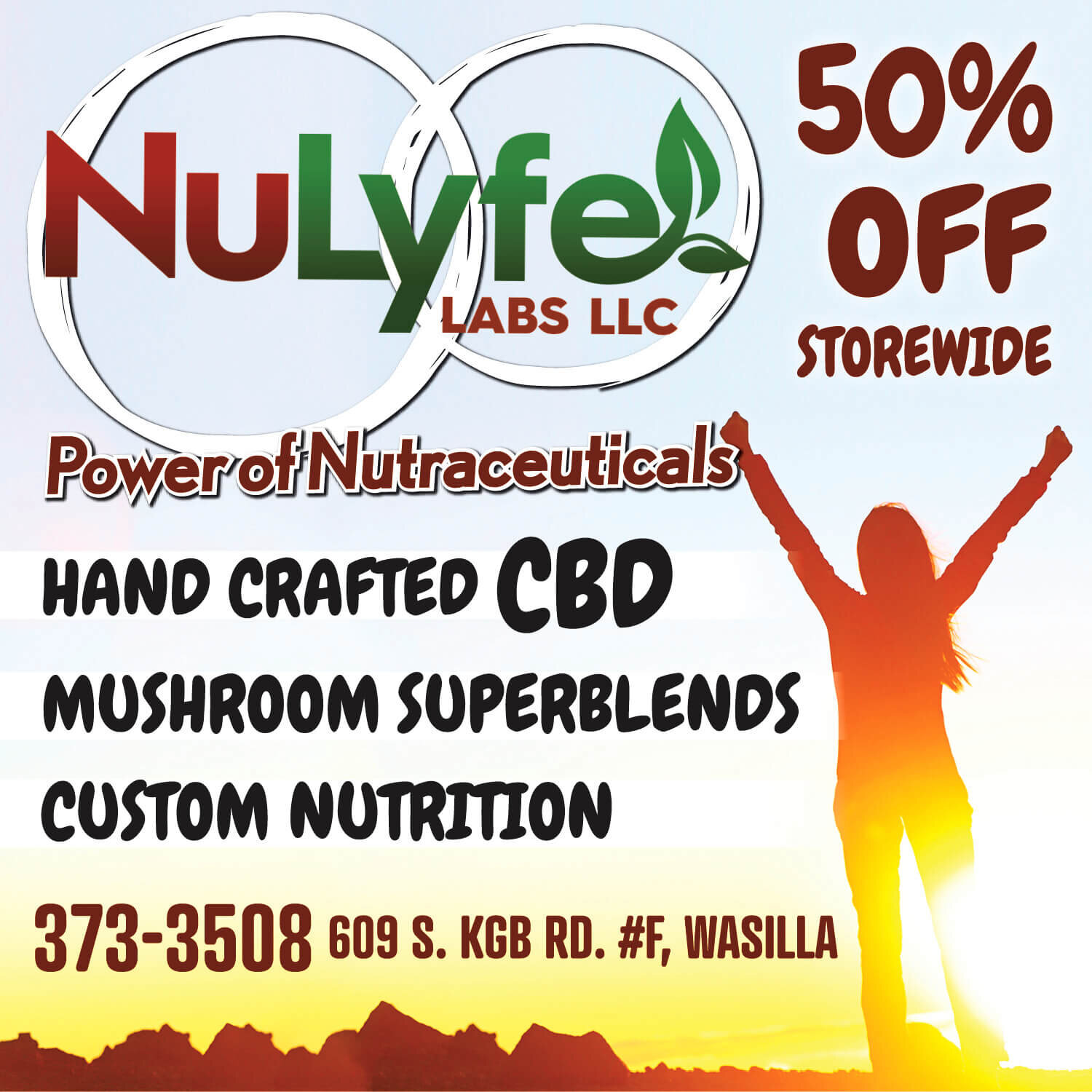Contributed by Dori Cranmore R.N.
At the beginning of each year, it seems many people come to the store asking about ways to clean out their body and get a handle on their health. We have many different cleanse combinations and most all have burdock root included in the formulas.
Burdock has been used as a primary detoxifying agent in both Chinese and Western herbalism as it stimulates elimination of wastes via the colon, kidneys and skin.
Burdock is the common name of any plant of the genus, Arctium, in the family, Asteraceae. It is a common weed native to Europe and Northern Asia, but is now widespread through out the USA. The root has a very crisp, sweet, mild and pungent flavor and is the primary source of many herbal preparations. The leaves are less potent.
This is a fun bit of trivia: In the 1940s, George de Mestral, a Swiss inventor, became curious about the burdock seeds when they attached themselves to his clothes and his dog’s fur as they were out walking. Under a microscope, he noted the hook-and-loop system that the seeds use to hitchhike on passing animals and aiding in seed dispersal. He realized that the same approach could be used to join other things together, resulting in the creation of Velcro.
The root has often been used to purify the blood by removing toxins that can build up in the blood. It is one of the four components of the famous Essiac Tea (Burdock Root, Slippery Elm, Sheep Sorrel, Turkey Rhubarb Root) used by the Ojibwa Indians and Renee Caisse, R.N. of Canada, to halt tumor growth. In modern times, burdock is used in oncology and to treat many other serious health problems by integrative doctors and herbalists.
Burdock has been used to soothe inflammation in both internal and external tissues, including topical applications for joint swelling. Research suggests that it is helpful for treating conditions from chronic toxicity including arthritis, gout, heavy metal poisoning, infection, rheumatism, sore throat and cancer prevention. It is highly recommended for chronic skin conditions such as abscesses, acne, boils, burns, boils, eczema, psoriasis, rosacea, rashes, skin infections and benign tumors.
This herb is a good source of viscous fiber, helping absorb toxins from both the digestive and intestinal tracts and is also used to lower bowel transit time and balance intestinal flora. It has been shown to provide antifungal, diuretic and hypoglycemic properties.
According to a study published in Diabetes Research, burdock root helps lower blood sugar levels. People taking insulin should not take burdock. Burdock is, however, compatible with all other hypoglycemic (diabetic) medications. It contains high amounts of inulin and mucilage which is most likely responsible for the effect of lowering blood sugar.
Because burdock has a high concentration of minerals, it actually helps replace those minerals that are purged during cleansing. It provides high amounts of chromium, iron, magnesium, phosphorus, potassium, silicon, zinc, copper and manganese & vitamins B1, B6, B12 and E.
Burdock root can be taken in a capsule form, liquid extract or as a tea. All are available at All About Herbs. It can also be made into a poultice and placed over sore or swollen joints. It is not recommended to be used during pregnancy. There are no reported contraindications with any medications except insulin.
Happy cleansing!
Dori Cranmore is a registered nurse, herb specialist and owner of All About Herbs in Wasilla, 376-8327. This information is intended for educational purposes. Please refer to your healthcare professional for diagnosis, treatment or cures for disease.
















































